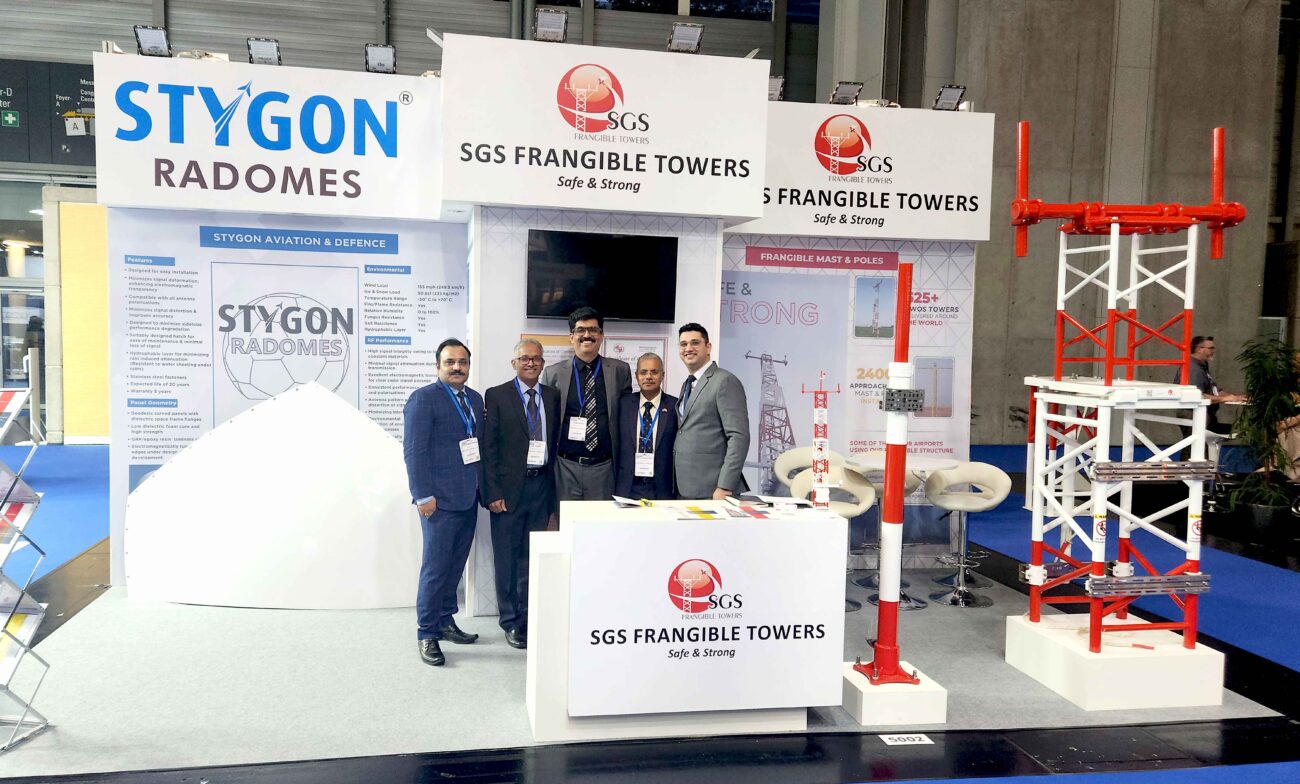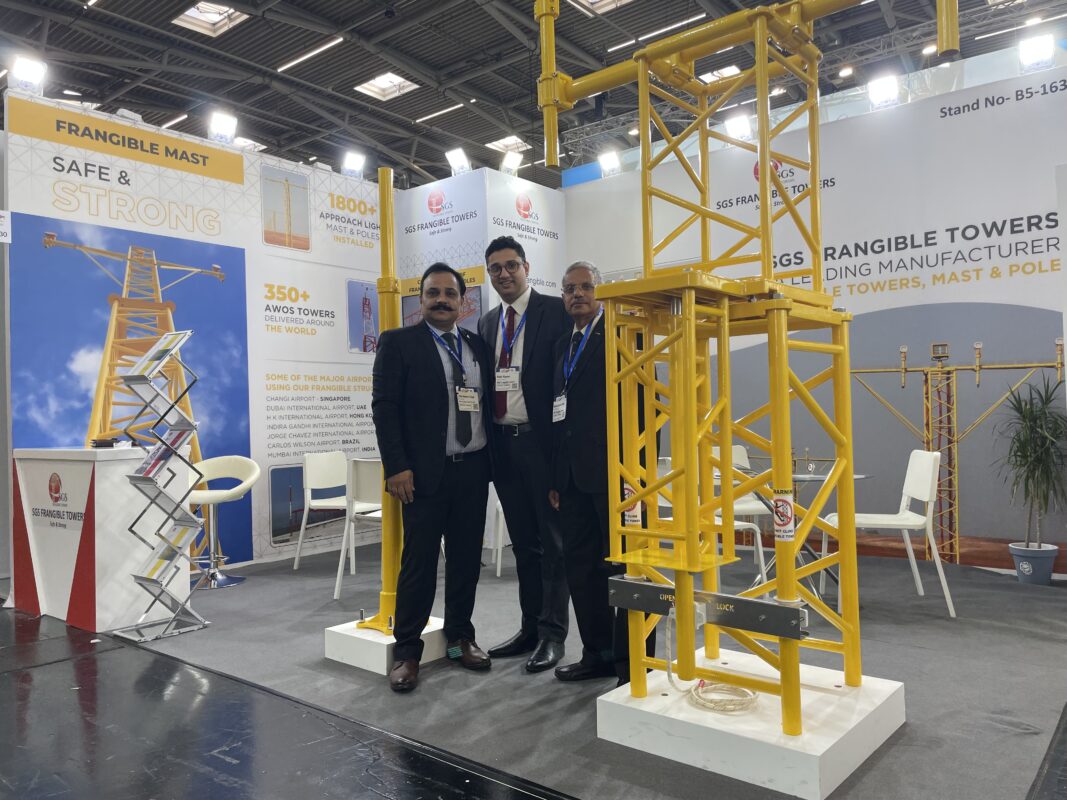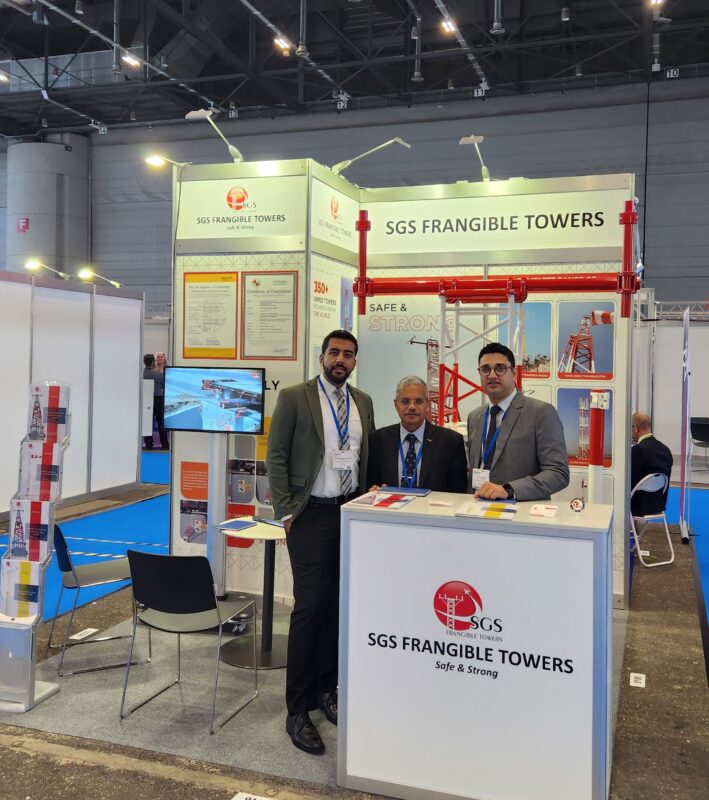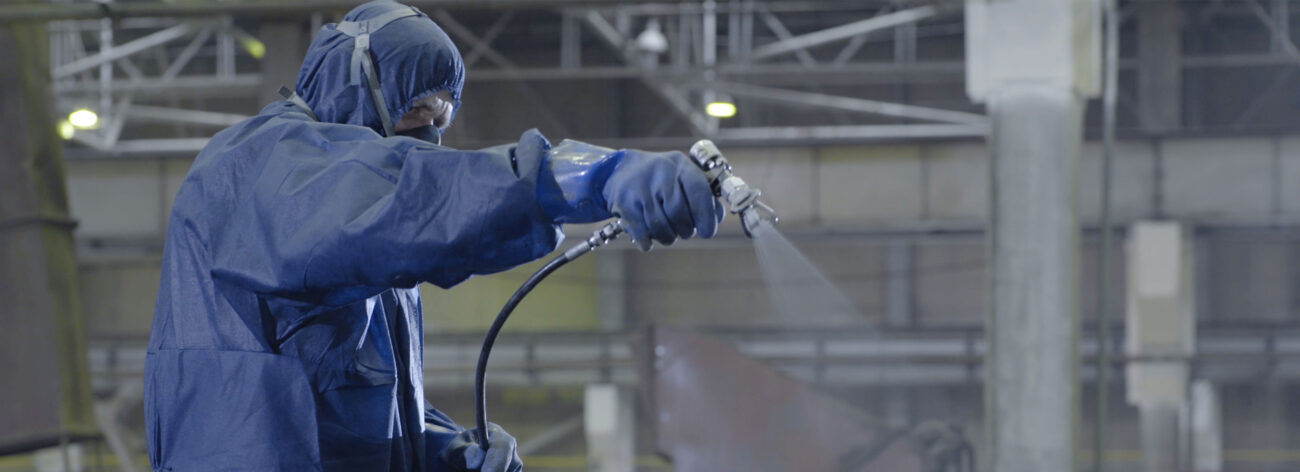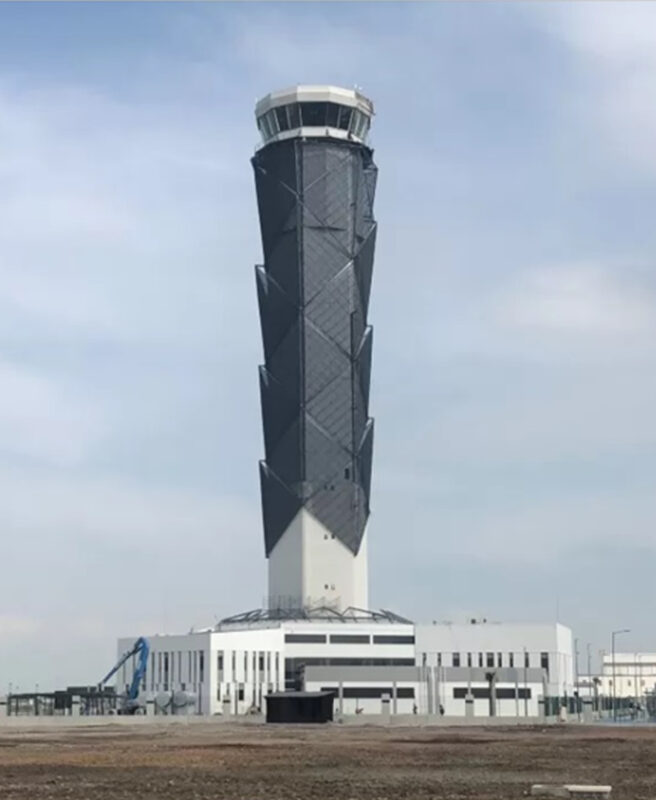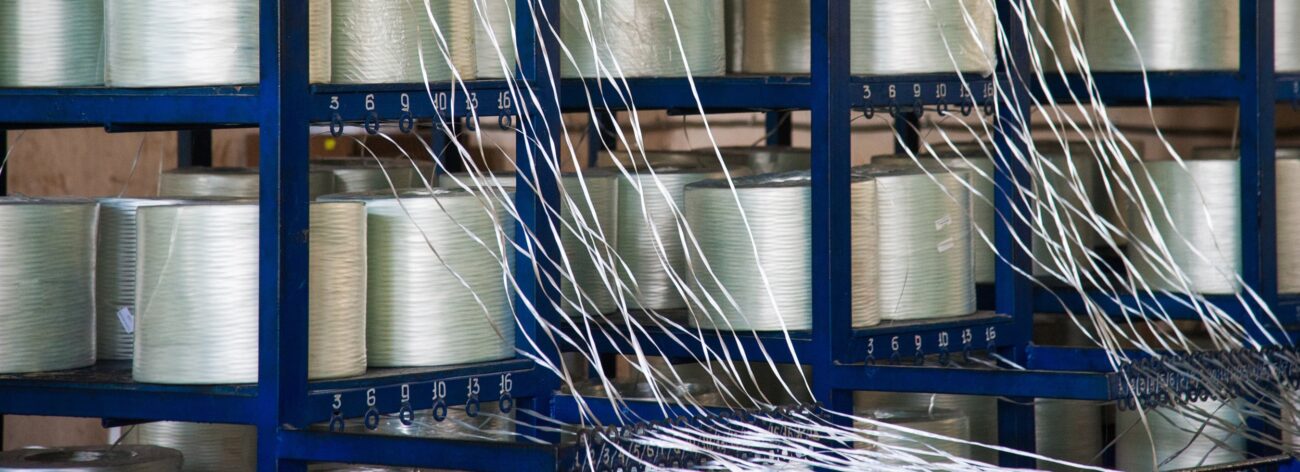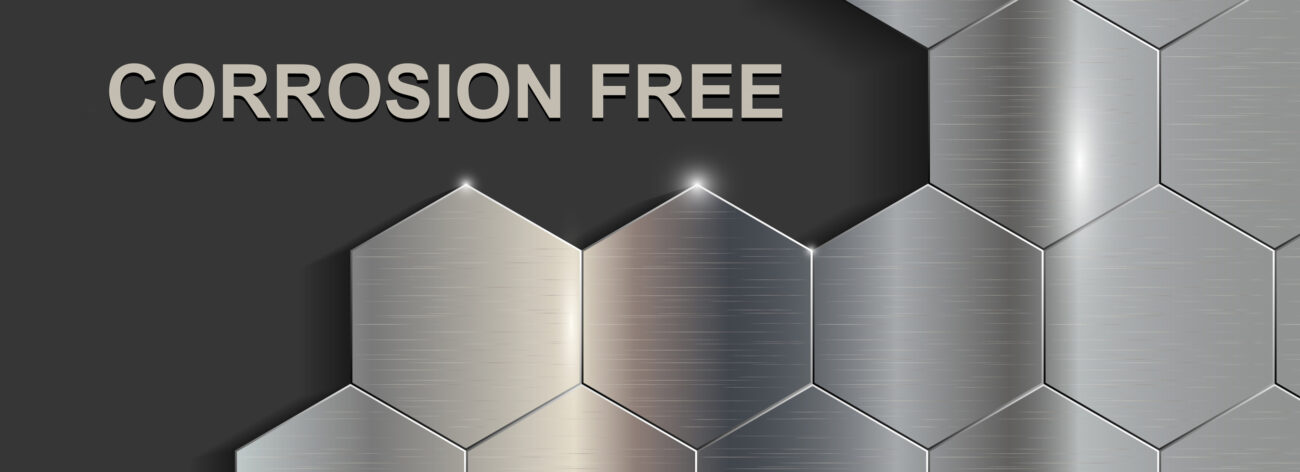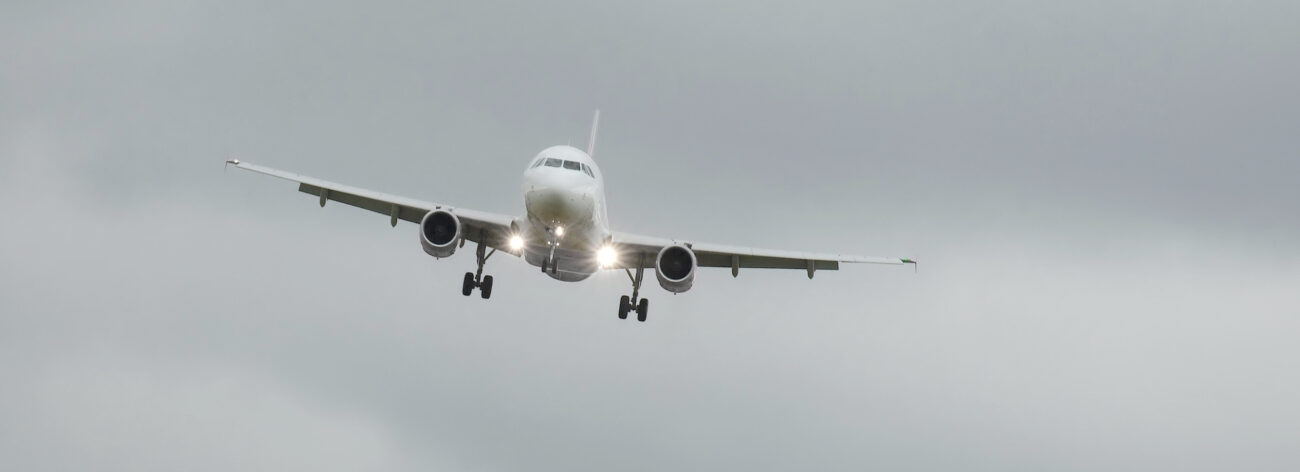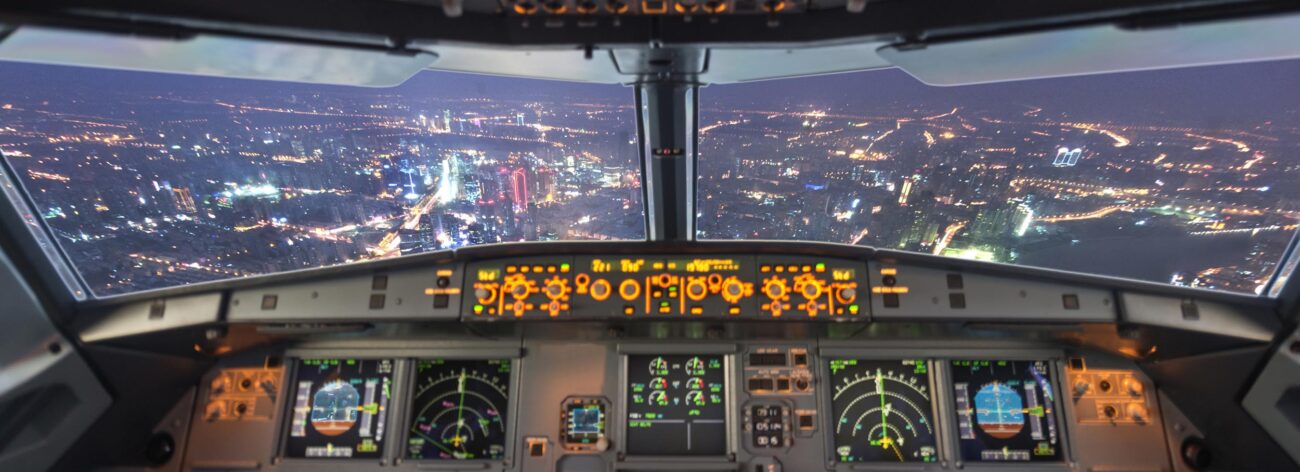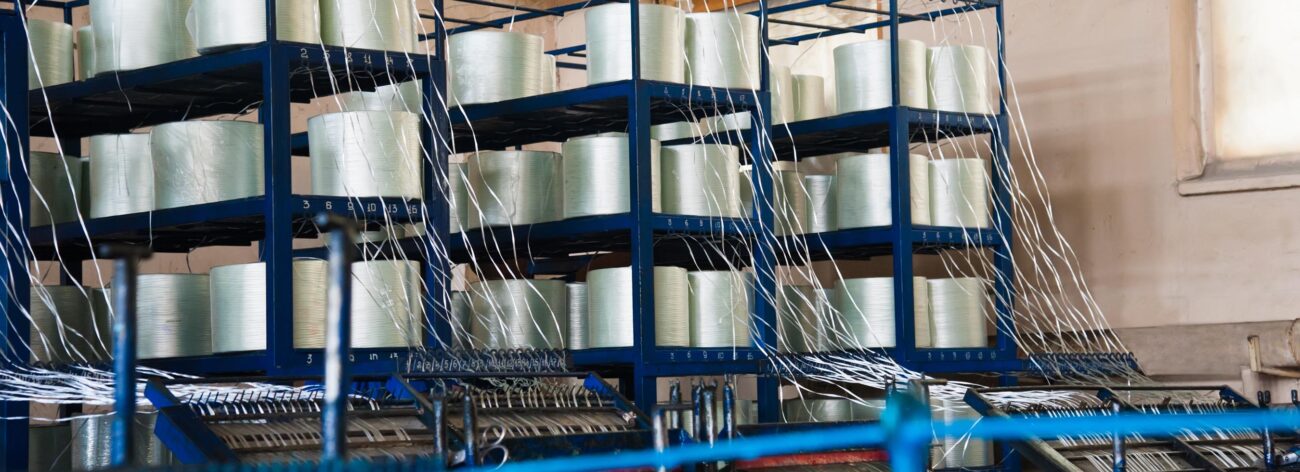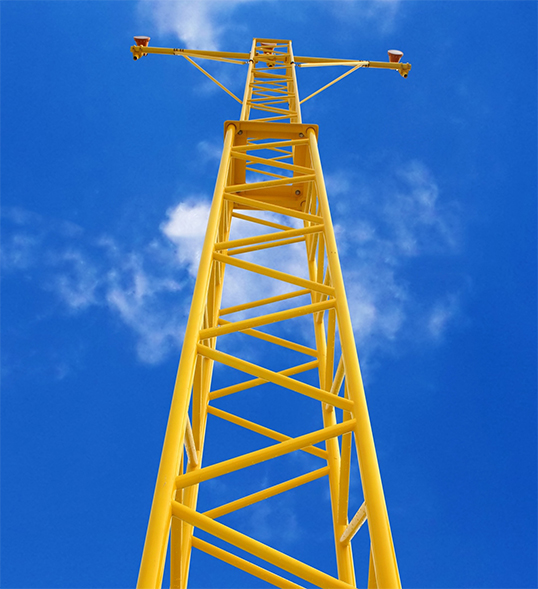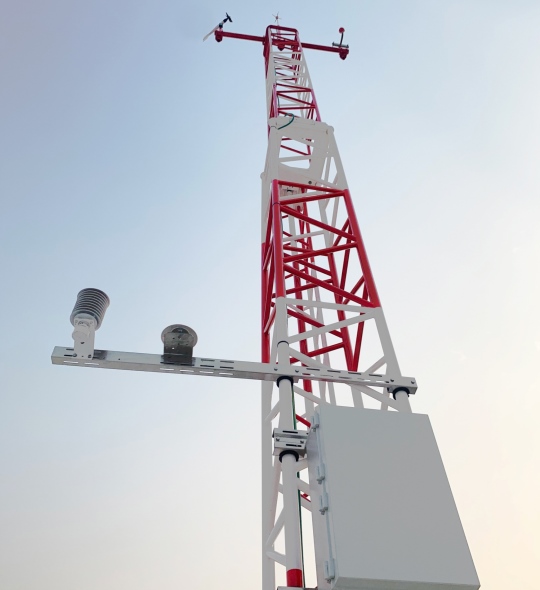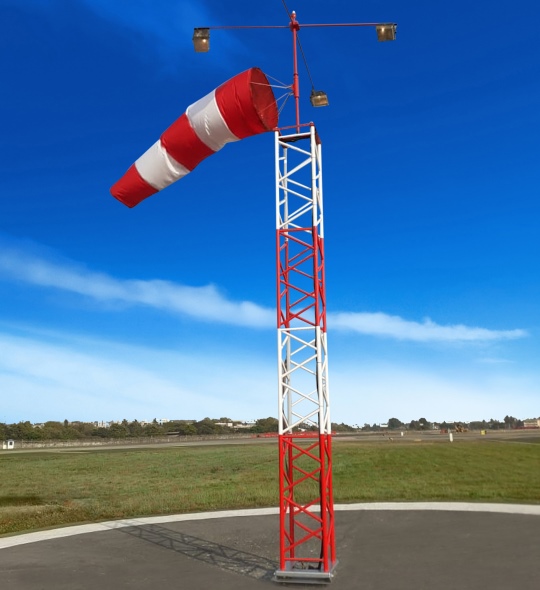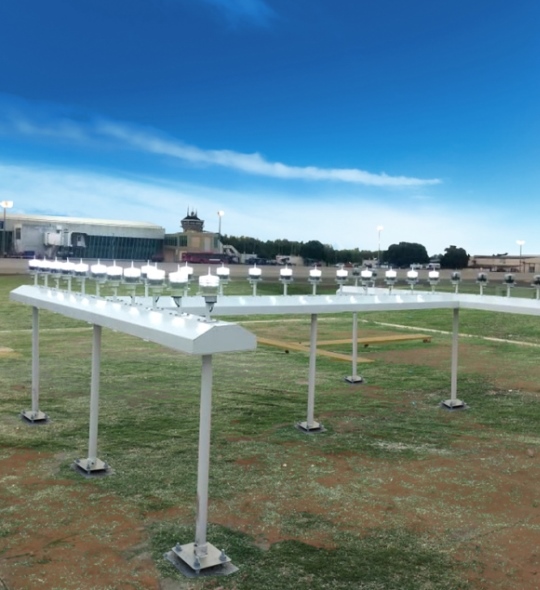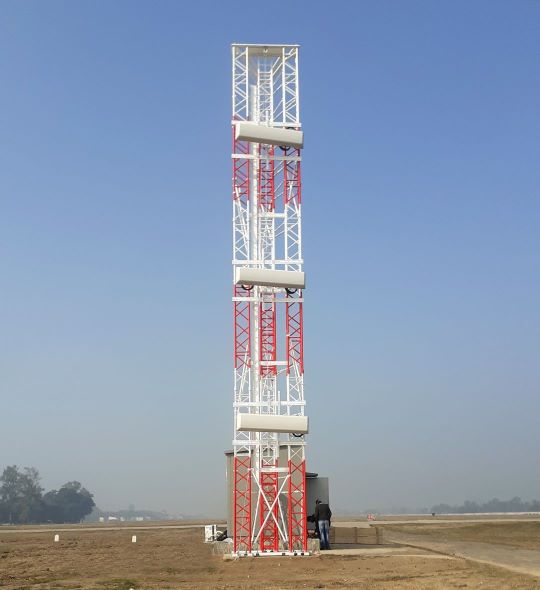02 Mar 2023
Deflection in long frangible poles v/s frangible lattice structure
Deflection in long frangible poles v/s frangible lattice structure
SGS Frangible is a leading manufacturer of frangible structures for various airport and the structures that are commonly used for approach lights and AWOS wind towers. The structures are of two types – pole type and lattice type. Both types of structures at SGS Frangible are made up of Fiber Reinforced Polymer (FRP) and are self-supporting.
What is deflection? Deflection – in engineering terms is the degree to which an element of structure changes shape when a load is applied. The change may be a distance or an angle and can be either visible or invisible, depending on the load intensity, the shape of the structure and the material from which it is made.
Deflection due to high wind – Longer structure will be affected more by gust of larger duration and thus subjected to smaller pressure compared to smaller structure. The gust effect factor accounts for additional dynamic amplification of loading in the along-wind direction due to wind turbulence and structure interaction.
When assessing the deflection of pole and lattice structures,
- It is evident that pole designs have more deflection past 5 meter. In case if the pole is taller and lights are added, in order to maintain the stability, the wall thickness of the pole must dramatically increase and then the pole has to compromise the frangibility compliance.
- Whereas the frangible behavior of lattice structures is such that the mast breaks at the point of impact; even at lowest structural point, breakage is near to the base plate and offer a stable, frangible and lightweight design that stays strong under different environmental load thereby meeting the vertical and horizontal deflection requirements set by ICAO and FAA under wind loads to a full extent. As a matter of fact for easier maintenance of lights, all lattice structures should tilt; fitted with a center hinge assembly that allows one or two maintenance personals to tilt the structure for service.
A long frangible pole structure with approach lights or wind sensor acts as an inverted pendulum. What is inverted pendulum? An inverted pendulum is a pendulum that has its center of mass above its pivot point. With the installation of cross arm over the high pole it acts as an inverted pendulum. The pivot point of the pendulum is near to the base plate of the pole whereas the mass of the lights installed on the cross arm acts as the dead weight above the pivot point. In lattice structure the dead weight of the lights and the cross arm is equally distributed on the cross sectional area of the lattice structure which in case of SGS Frangible design is nearly 0.275 sq meters. This yields in exponentially less vibration of the lights and wind sensors installed on the top of the lattice towers with respect to the poles. As per our experience and calculations, Frangible poles should be used up to 2.5 meter height for the approach light and lattice towers should be preferred from 2.5 meters to 12 meters.
Final Wordings
It is no wonder that lattice structure is an attractive design when the height of the installation is more. The lattice structure is more rigid during high winds. It provides installation and servicing that requires nothing more than basic hand tools. Moreover, the center hinge design of SGS Frangible is a favorite for accessing equipment installed on the top on a frequent basis. So in the installations with bigger heights in comparison to frangible poles, lattice structures are highly recommended for use in airport environment.


